Deputy Prime Minister Tran Hong Ha: Regional councils must be an effective mechanism for localities, ministries and branches to exchange and share information and discuss solutions to remove obstacles and difficulties in the process of policy implementation - Photo: VGP/Minh Khoi
The Deputy Prime Minister said that it is necessary to demonstrate development thinking, effectively exploit and sustainably use regional resources, promote potential, and avoid competition and eliminate the advantages of each locality.
Areas with particularly important strategic roles and positions
The North Central and Central Coast regions, with a particularly important strategic position in terms of economy , society, national defense and security; have the largest area in the country (nearly 9.59 million hectares, accounting for 28.93% of the country's area).
The region plays a particularly important role in developing the marine economy with nearly 2,000 km of coastline (accounting for 60% of the country's coastline), 11 out of 18 coastal economic zones of the country (accounting for 61.1%); is the gateway to the sea for the Central Highlands provinces, connecting the East-West Economic Corridor with international maritime routes.
Convenient transportation system with all types (road, railway, waterway, aviation); many large seaports; 9 airports (5 international ports), favorable conditions for developing services, is a transit point for goods for the Central Highlands, Laos, Cambodia...
The North Central and Central Coast regions have abundant resources and minerals with large reserves; great potential for energy (hydropower, wind power, solar power)…; advantages for developing many types of resort , adventure, cultural tourism… The people are friendly, gentle, hard-working, dynamic, creative; there are many national heroes and cultural celebrities.
It can be said that the North Central and Central Coast regions have many advantages to anticipate the development trends of the times such as: Green transformation, emission reduction based on wind resource exploitation; economic development based on ecosystems and tourism; building a marine-oriented economy, a marine-oriented society and prosperity from the marine economy; developing a knowledge-based economy based on the quality of human resources.
Besides opportunities and advantages, the North Central and Central Coast regions still have some limitations and weaknesses: The economic scale is still small, the average GRDP per capita is still low; economic growth is not really sustainable, and competitiveness is not high.
Localities have not fully exploited their potential and advantages, especially the marine economy; the development of industrial parks, economic zones, and seaports has not been commensurate with their potential and advantages. The scale of industrial and agricultural production is still small. The service sector is not of high quality; the international competitiveness of the tourism industry is still low. Central cities have not yet promoted their role as driving forces.
In particular, the region is facing and will face huge challenges due to the impact of climate change; the risk of water shortage, land resource degradation, environmental pollution, especially the marine environment, etc.
Thua Thien Hue Provincial Party Secretary Le Truong Luu speaks at the meeting - Photo: VGP/Minh Khoi
Urgently propose operating mechanism, select priority tasks
Deputy Prime Minister Tran Hong Ha said that the importance of the regional approach in development has been recognized and demonstrated by decisions to establish regional coordination councils.
Next, localities, ministries and branches need to urgently determine the operating mechanism and coordination methods in taking regional actions; select priority areas and tasks for each sub-region and locality based on advantages and challenges in terms of nature, economy, culture, society, etc. to promote the development of the entire region.
The regional coordination council must be an effective mechanism for localities to share experiences and unify recommendations and proposals with ministries, branches and the Government in resolving difficulties and problems arising in the process of policy implementation; at the same time, propose new policies and strategies to promote the development of the entire region.
"The Council's operating mechanism needs to be flexible, have clear goals, and evaluate implementation results," said the Deputy Prime Minister.
Deputy Prime Minister Tran Hong Ha said that in addition to regular meetings, the Council needs to have forms of connection and regular, even daily, information exchange between localities and members - Photo: VGP/Minh Khoi
Forming dynamic sub-regions
Minister of Planning and Investment Nguyen Chi Dung informed about the coordination method of the Council on planning and implementation; promotion activities, mobilizing development investment capital to implement inter-sectoral, inter-provincial, inter-regional programs and projects; regulating training and labor use activities; building mechanisms and policies on regional development and regional linkage; solving regional linkage issues; building regional linkage coordination plans; forming a regional information system database.
Some of the major tasks of the Council include coordinating activities in the work of establishing, adjusting and organizing the implementation of national planning, regional planning, provincial and municipal planning in the region for the period 2021 - 2030, with a vision to 2050.
Research and propose institutions, mechanisms and policies for the development of the North Central and Central Coast regions, promote regional and sub-regional linkages to ensure that regulations, mechanisms and policies for regional and sub-regional linkages are implemented synchronously, consistently, effectively, and with discipline.
Organize investment promotion activities, mobilize resources; coordinate the use of public investment capital to orient, lead, and activate non-state investment resources (FDI, corporate capital, private sector), promote investment under the public-private partnership (PPP) method in developing strategic, urgent, and important infrastructure.
Coordinate activities to synchronously develop the socio-economic infrastructure system, prioritizing the transport infrastructure system. Research and propose the establishment of a regional infrastructure development fund.
At the meeting, leaders of the Ministry of Industry and Trade, Ministry of Agriculture and Rural Development, Ministry of Transport, Ministry of Culture, Sports and Tourism presented major orientations in developing industries with potential and advantages in the region; studying the formation of a number of large renewable energy centers; restructuring agriculture, forestry, exploitation, aquaculture and seafood associated with the processing industry, developing fishery logistics service centers combined with national defense and security; restructuring service and tourism industries, developing logistics centers associated with seaports, airports and border gates...
Secretary of the Da Nang Party Committee Nguyen Van Quang said that if there is no coordination mechanism but "everyone does their own thing", the unique advantages of each locality will be eliminated. In addition, with the terrain stretching from Thanh Hoa to Binh Thuan, Mr. Nguyen Van Quang proposed forming sub-regions with localities that are geographically close to each other, with advantages that support each other to develop together. "Da Nang alone can link tourism development with Thua Thien Hue, Quang Nam; agriculture and industry with Quang Nam", the Secretary of the Da Nang Party Committee expressed and said that it is necessary to clearly define the functions and development orientations of each locality's and sub-region's strengths to promote development.
Agreeing with this view, Chairman of Khanh Hoa Provincial People's Committee Nguyen Tan Tuan said that with favorable road and sea traffic conditions, the South Central Coast sub-region (Phu Yen, Khanh Hoa, Ninh Thuan, Binh Thuan) has the momentum to develop into a production center serving the needs of large cities, forming an export corridor for the Central Highlands provinces.
Meanwhile, Thua Thien Hue Provincial Party Secretary Le Truong Luu affirmed that regional planning is important, a measure and tool to coordinate investment and development activities with focus and key points. The Council needs to organize investment promotion for key projects of the sub-region and the region.
Deputy Prime Minister Tran Hong Ha and leaders of ministries, sectors and localities at the first meeting of the Coordination Council for the North Central and Central Coast regions - Photo: VGP/Minh Khoi
Effective exploitation and sustainable use of regional resources
Concluding the meeting, Deputy Prime Minister Tran Hong Ha said that the opinions of ministries, branches and localities demonstrated the overall thinking, perspective and strategy for the development of the region and the country.
Discussing the Council's action plan, from the comments, the Deputy Prime Minister said that it is necessary to demonstrate development thinking, effectively exploit and sustainably use the region's resources, promote potential, and avoid competition and eliminate the advantages of each locality.
Commenting on the regional planning orientation, the Deputy Prime Minister emphasized the need to identify advantages, promote the strengths of localities, consider forming a number of sub-regions based on geography, potential, strengths, advantages, challenges, and the ability to optimize connections between provinces to connect and support each other to promote advantages and strategic products, aiming for the goal of synchronous and comprehensive development of the whole region.
Regional planning must demonstrate new thinking on synchronous development of transport infrastructure types and renewable energy centers to form industrial parks and urban areas; effectively regulate investment resources to ensure growth goals and quality of localities and the entire region.
The Deputy Prime Minister also requested to integrate into regional planning the contents of education, vocational training, healthcare, energy, research and development... in the direction of forming regional and national centers; planning centers for energy development, offshore aquaculture, fishing logistics, wind power... in advantageous sub-regions.
"The planning needs to provide a list of investment projects with the consensus of localities, carefully prepared to be ready for implementation when there is budget source," said the Deputy Prime Minister, emphasizing that "Regional planning is an important coordination tool, so the Council and localities must actively and directly contribute, with enthusiasm and intelligence, to the process of building and perfecting regional planning."
The Deputy Prime Minister assigned the Ministry of Information and Communications to take the lead in building a regional information database and a connection application so that Council members, ministries, branches and localities can exchange and share information regularly and daily, to promptly resolve difficulties and problems that arise. "The Council must consider and meet directly with ministries and branches to find solutions to remove and overcome policies that more than half of the localities in the region have difficulty implementing," said the Deputy Prime Minister.
The Deputy Prime Minister also requested the Ministry of Planning and Investment and the Ministry of Finance to study and propose financial mechanisms to prepare for priority and key projects in the region's planning, programs and action plans.
The Council and localities also need to proactively participate in contributing to new content and policies in draft laws that have important impacts on the development and socio-economy of the region such as: Land, Housing, Real Estate Business, Bidding, etc.
Source


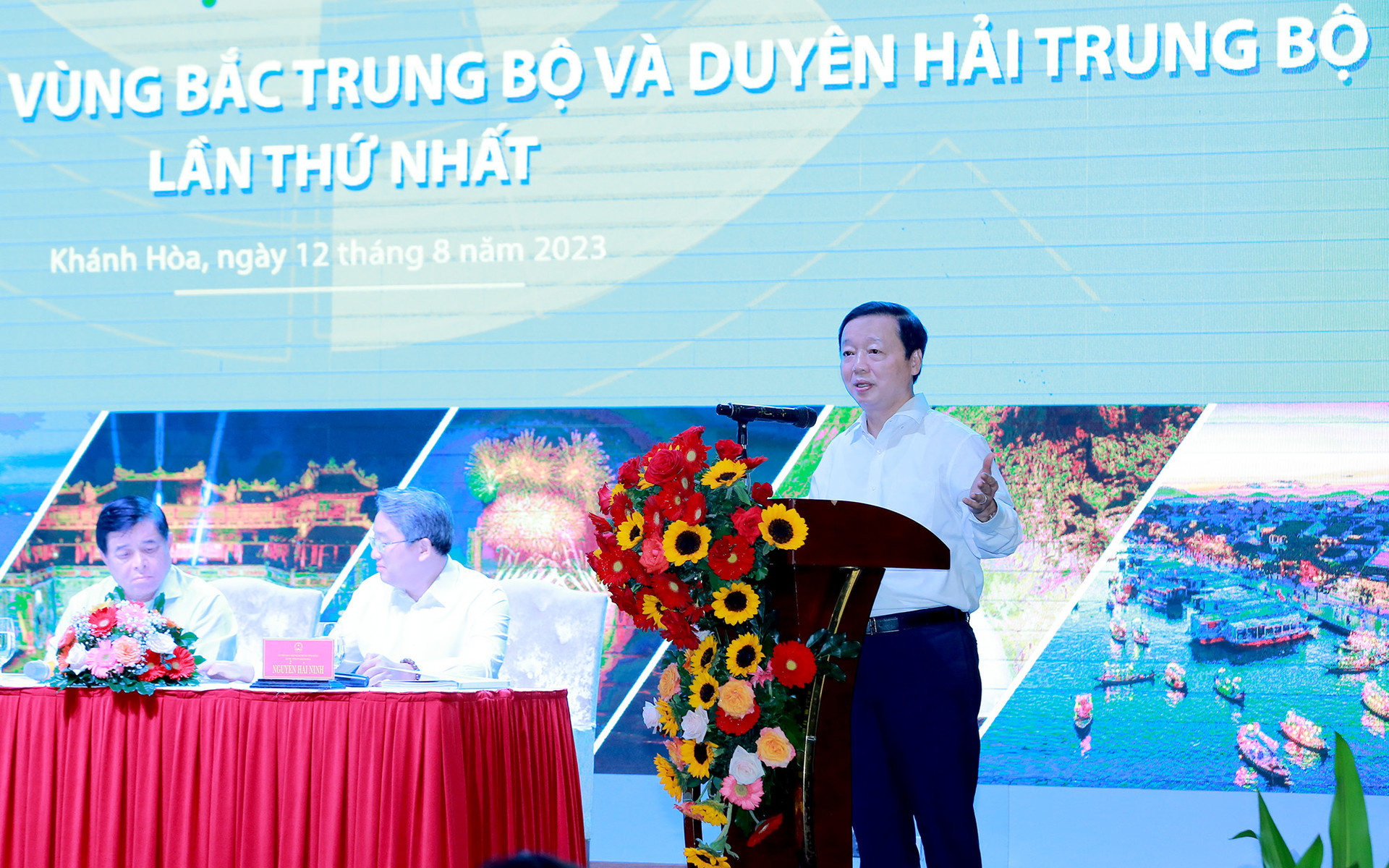
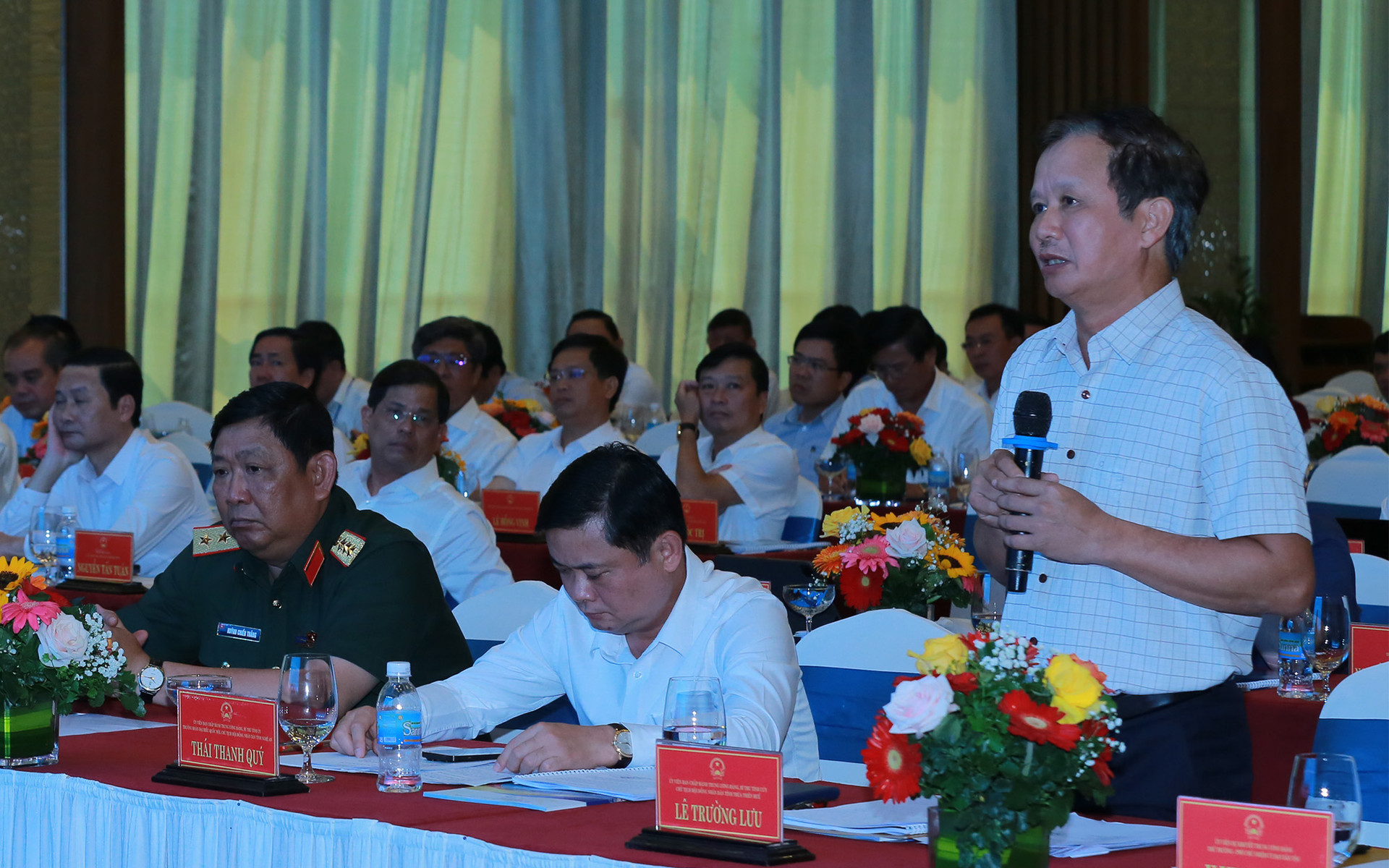
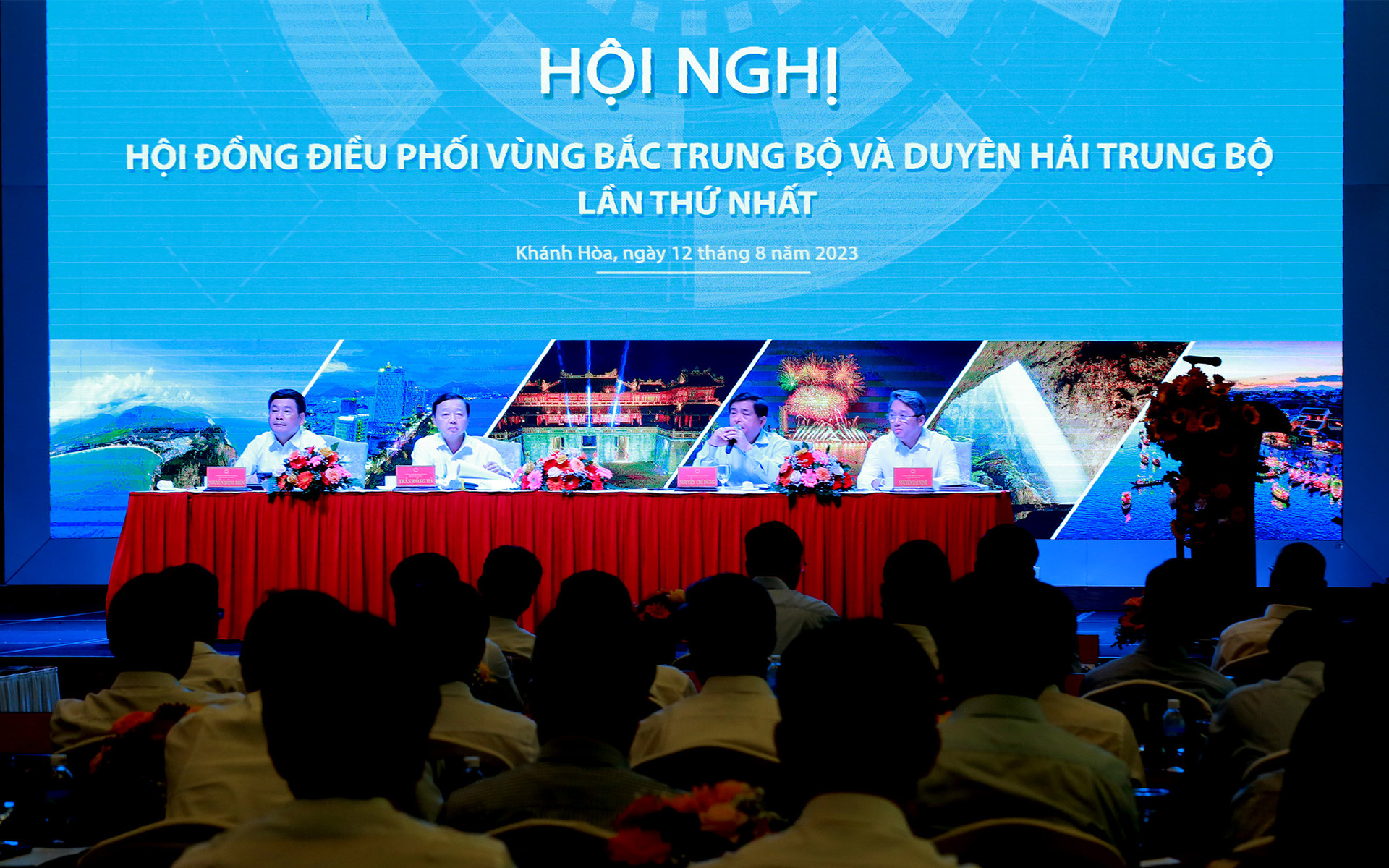
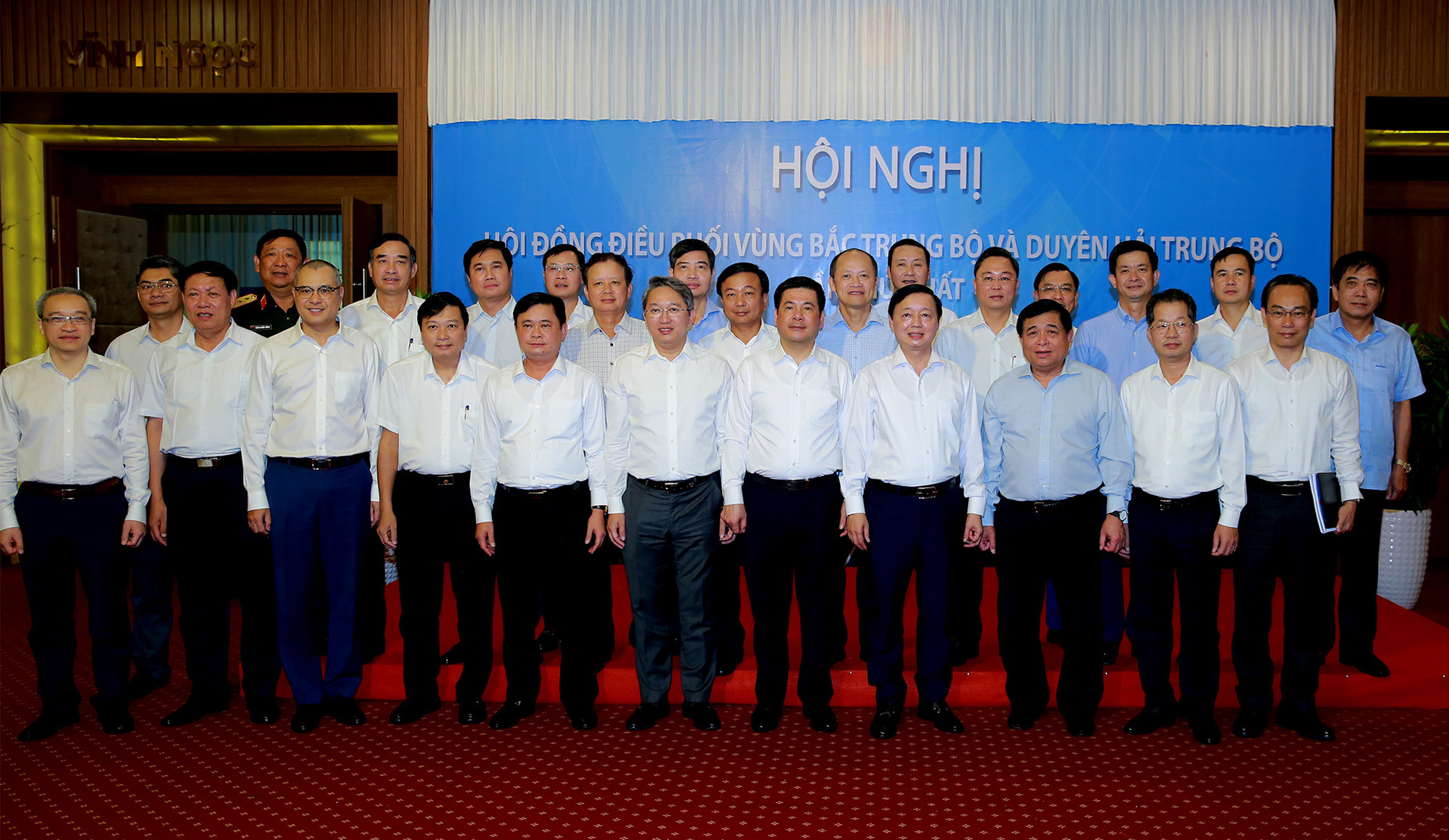
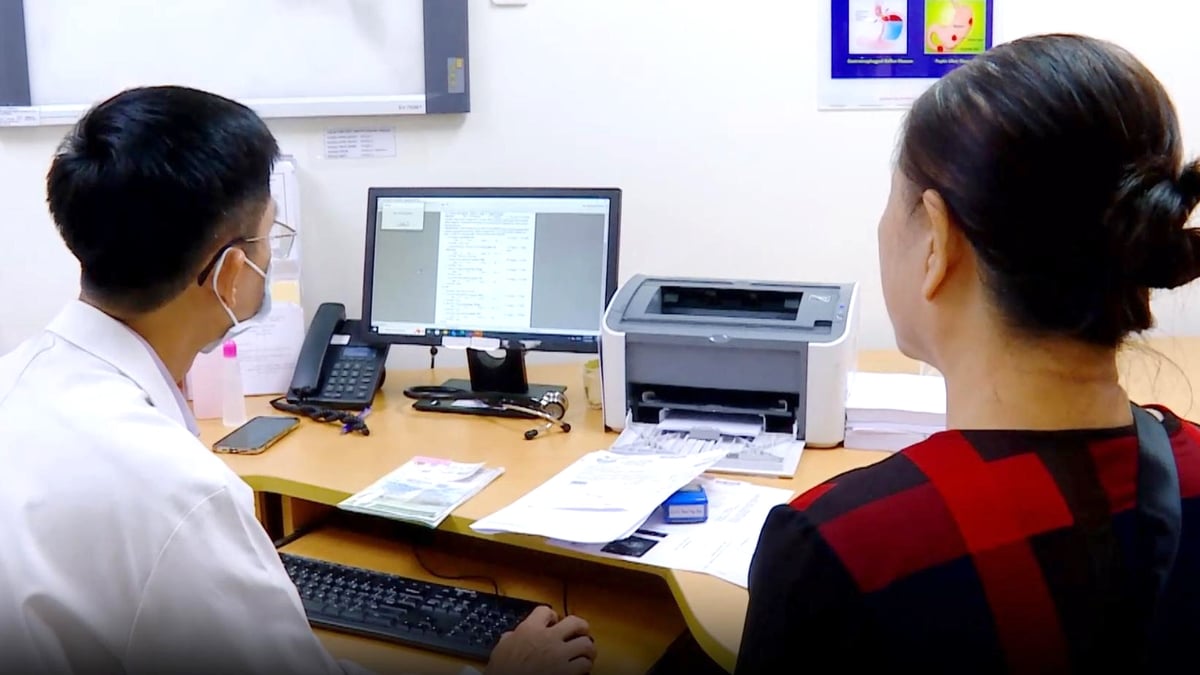

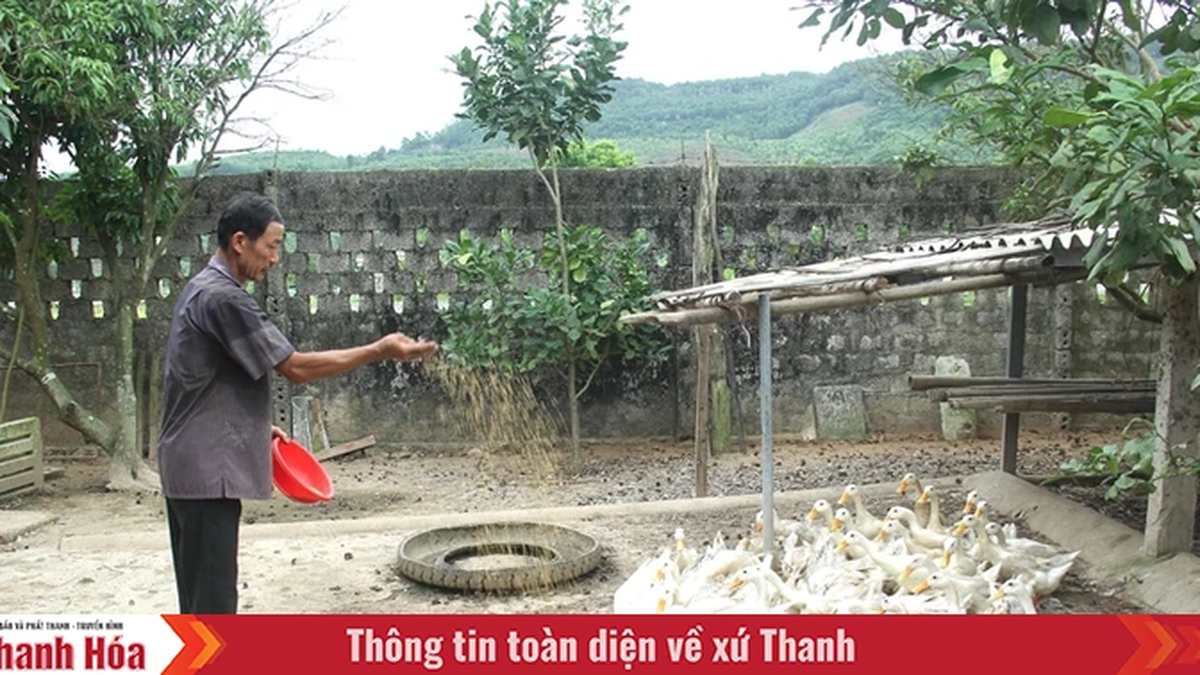
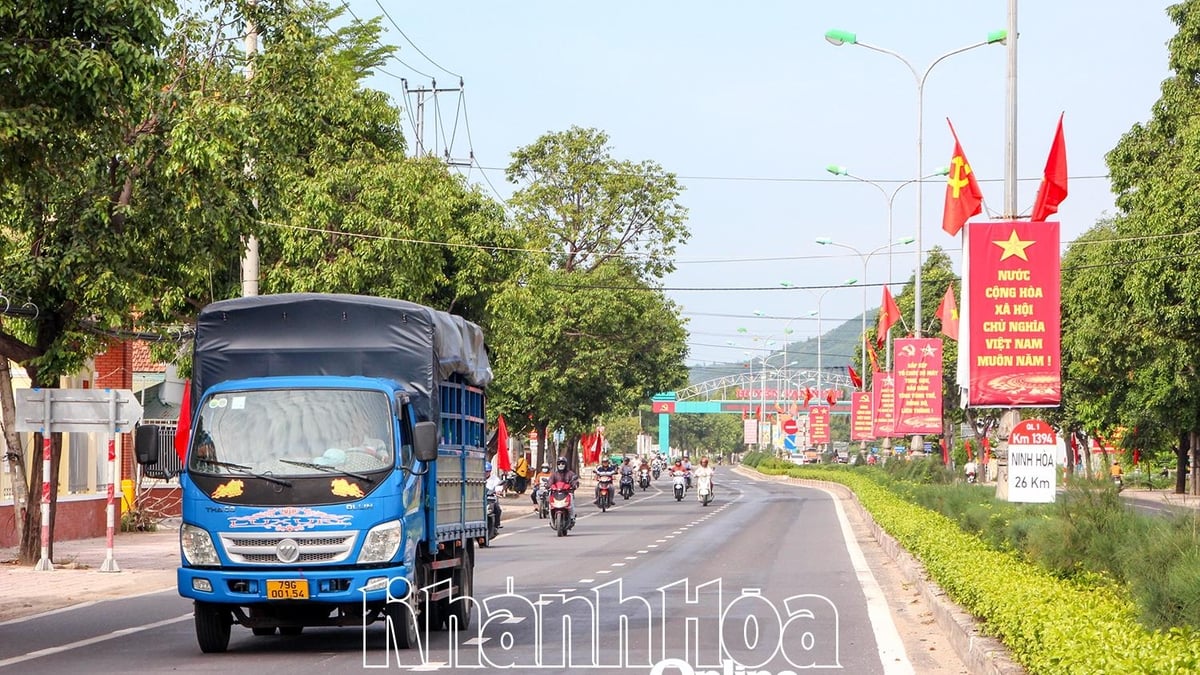


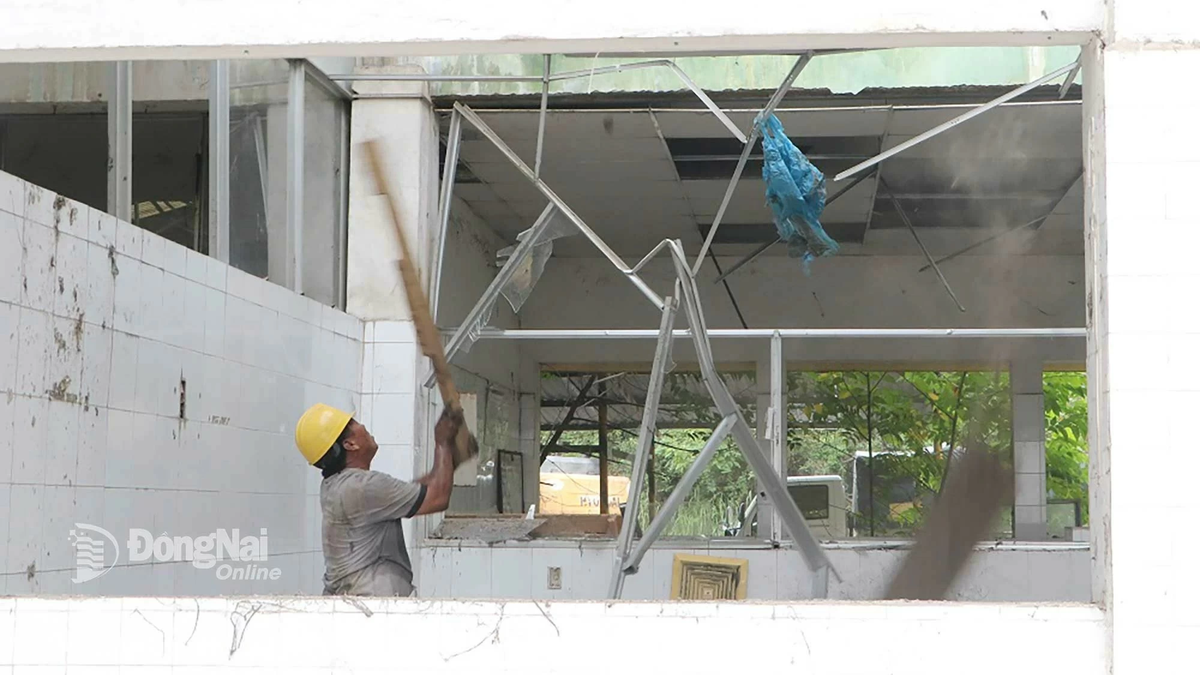

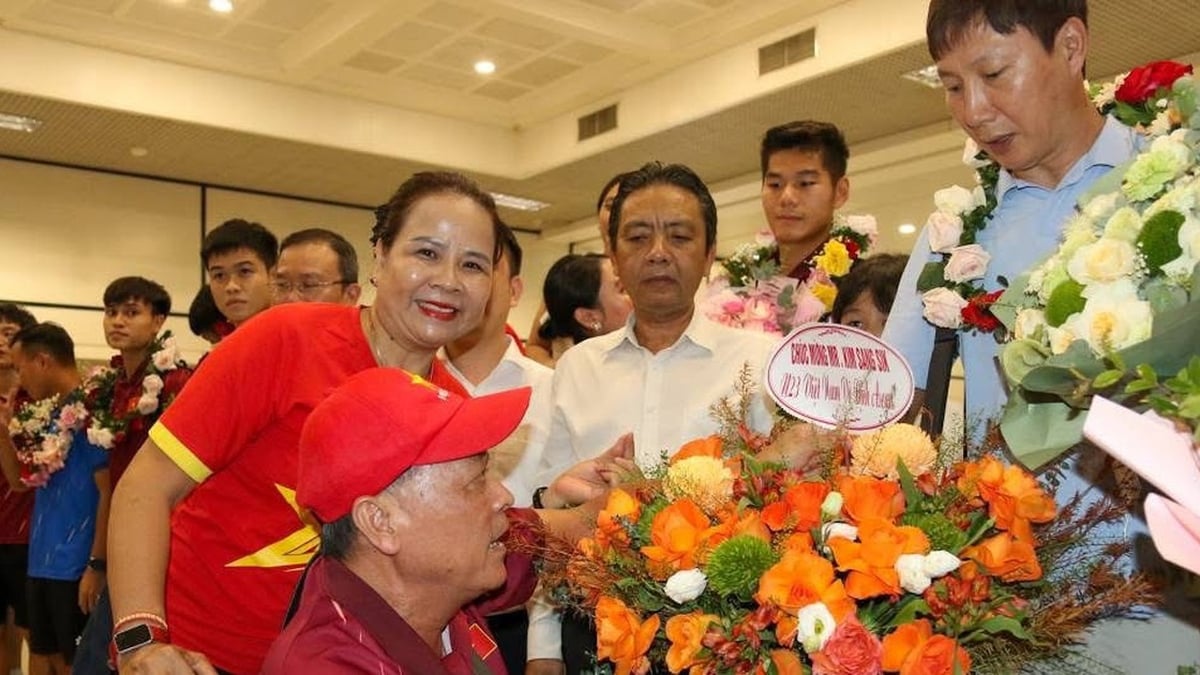













































![[Maritime News] Container shipping faces overcapacity that will last until 2028](https://vphoto.vietnam.vn/thumb/402x226/vietnam/resource/IMAGE/2025/7/30/6d35cbc6b0f643fd97f8aa2e9bc87aea)










































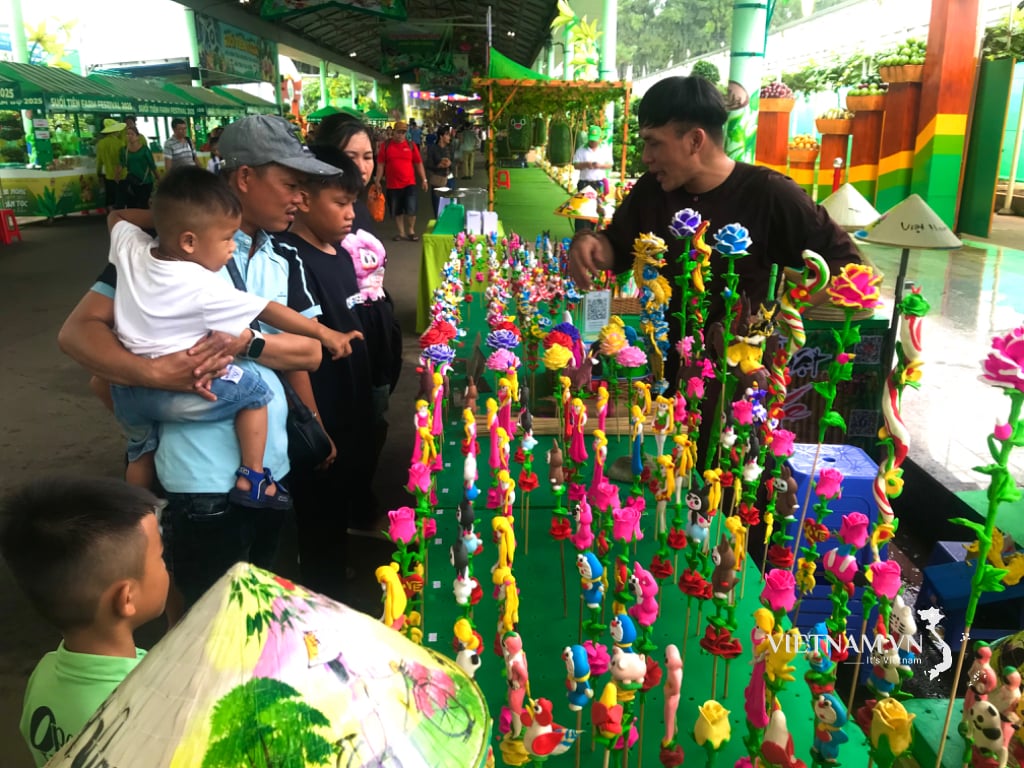
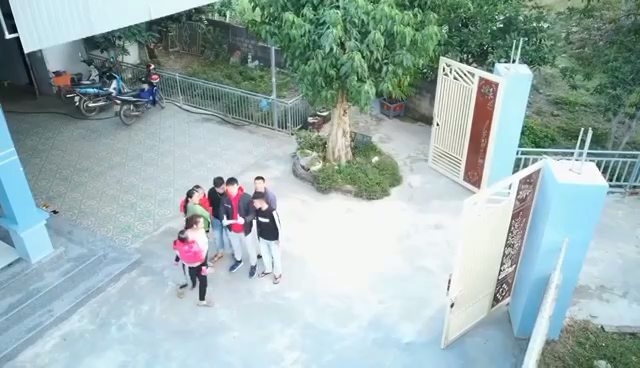

Comment (0)